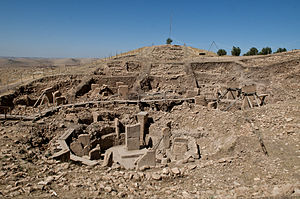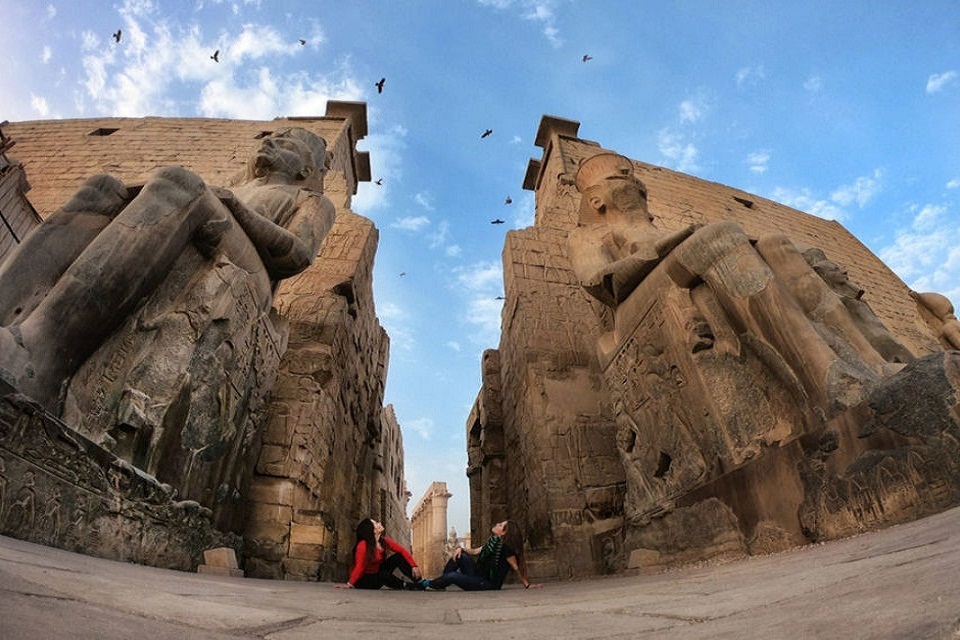A temple (from the Latin ‘templum’) is a structure usually built for the purpose of, and always dedicated to, religious or spiritual activities including prayer, meditation, sacrifice and worship. The templum was a sacred precinct defined by a priest (or augur) as the dwelling place of a god or gods and the structure built there was created to honor the Deus Loci (spirit) of a certain place. Early temples were constructed on sites which the people felt had a numinous quality to them which indicated the presence of a god, gods, or spirits. Some the earliest examples of these outdoor temples still extant are in Orkney, Scotland at sites such as the Ness of Brodgar. Throughout the United Kingdom, the stone circles and structures from the Neolitic Period are all known to have once been used for religious ceremonies whether on a large scale, such as at Brodgar or more modest sites like the one at Clava Cairns. The Mayan temples are also thought to have begun as modest outdoor sites before the rise of the great pyramid temples such as El Castillo at Chichen-Itza. The word ‘temple’ dates to around the 6th century BCE in reference to Roman places of worship.
The form and function of temples is thus very variable, though they are often considered by believers to be in some sense the “house” of one or more deities. Typically offerings of some sort are made to the deity, and other rituals enacted, and a special group of clergy maintain, and operate the temple. The degree to which the whole population of believers can access the building varies significantly; often parts or even the whole main building can only be accessed by the clergy. Temples typically have a main building and a larger precinct, which may contain many other buildings, or may be a dome shaped structure, much like an igloo.




